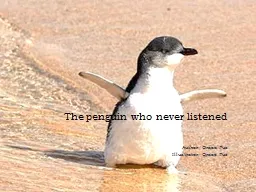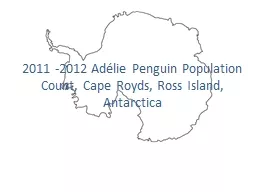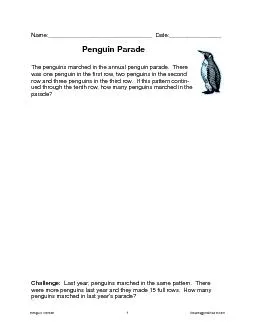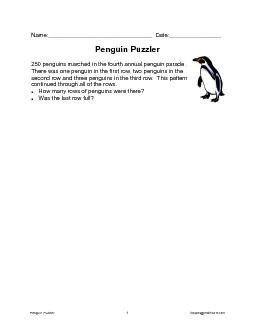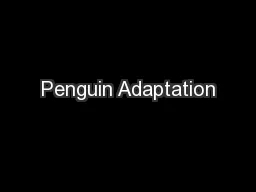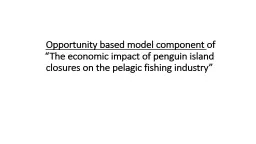PDF-African Penguin
Author : claire | Published Date : 2021-10-08
Spheniscus demersusSize African penguins range from 18 to 25 inches talland weigh up to 11 pounds RangeDistributionThe only penguin to breed in Africa the African
Presentation Embed Code
Download Presentation
Download Presentation The PPT/PDF document "African Penguin" is the property of its rightful owner. Permission is granted to download and print the materials on this website for personal, non-commercial use only, and to display it on your personal computer provided you do not modify the materials and that you retain all copyright notices contained in the materials. By downloading content from our website, you accept the terms of this agreement.
African Penguin: Transcript
Download Rules Of Document
"African Penguin"The content belongs to its owner. You may download and print it for personal use, without modification, and keep all copyright notices. By downloading, you agree to these terms.
Related Documents


